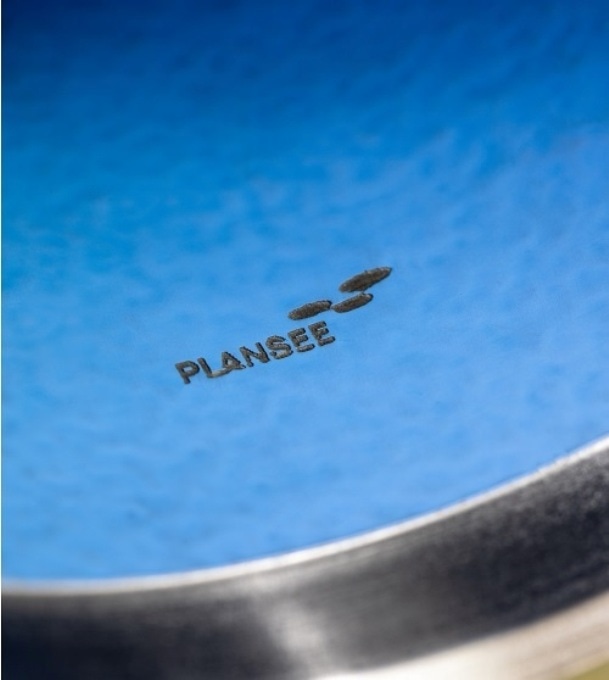Monolithic rotary targets offer advantages over bonded targets: greater material utilization and higher power density. Plansee has now patented an internal protective layer that ensures that coating material no longer comes into direct contact with the system's cooling water.
 Plansee has now taken out a European patent on its internal coating for monolithic rotary targets.
Plansee has now taken out a European patent on its internal coating for monolithic rotary targets.
Plansee's molybdenum coating materials are used in a variety of applications, for instance as rear contacts in CIGS solar cells or thin-film transistors in flat-panel screens. And monolithic targets offer advantages. This is because monolithic targets do not need a backing tube, since they are made 100 % from molybdenum. Material utilization is increased by up to 30 % compared with bonded targets. The use of monolithic targets also permits a power density of up to 30 kW/m, which means a higher coating rate.
Monolithic targets are in direct contact with the cooling water of the coating systems. The cooling water contains additives, or "inhibitors", to stabilize the conductivity and the pH value. These have to be added at regular intervals. Plansee's polymer-based internal coating prevents coating material from coming into contact with the cooling water. The advantage: Manufacturers of CIGS solar cells and TFT LCD screens require significantly less inhibitor and save costs. Furthermore, the internal coating is so thin that it does not noticeably impair the thermal conductivity of the rotary target.